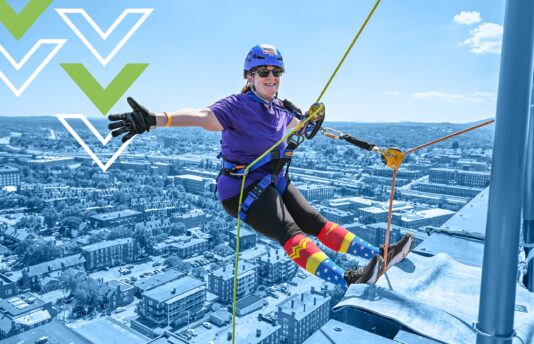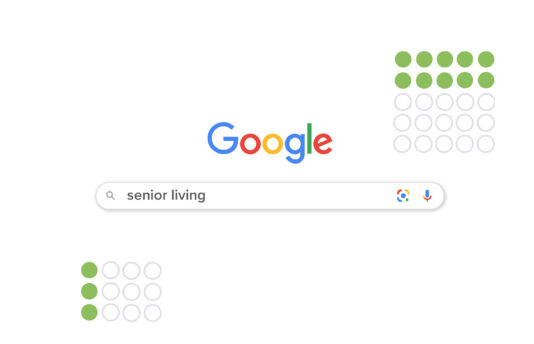Twenty years ago, homepage sliders were all the rage. Guess what else was all the rage back then: VCRs, MySpace and Blackberries. While they became ancient history, homepage sliders are still with us, like that guest who overstays their welcome. And, just like that inconsiderate guest, it’s time for them to go.
Why Homepage Sliders Suck
There are two types of homepage sliders: static and auto-rotating. Which one is better? Neither. They both suck.
Here are seven reasons homepage sliders are so yesterday:
1. They annoy users.
They’re too fast; they’re too slow. Many don’t pause when you hover over them, or you have to click to get them to move.
2. They slow down your page speed.
Google doesn’t like slowpokes and neither do your visitors. Page speed is one of Google’s many ranking factors. Sliders, with their hefty JavaScript and plus-sized graphics, hinder page speed. You only have a few seconds to catch a user’s attention; making them wait isn’t the way to do it.
- Google found that 53% of mobile site visitors will leave a page if it takes more than three seconds to load.
- 61% of users say they will go to another site if they don’t find what they’re looking for within about five seconds.
- A 100-millisecond delay in website load time can hurt conversion rates by 7%.
3. Most sliders aren’t mobile-responsive.
Sliders tend to be optimized for desktops and don’t play well with mobile. And guess what? Mobile responsiveness is another ranking factor for Google search results, so not being optimized for mobile can hurt your page rank.
4. Auto-rotating sliders have usability issues.
Users with motor-skill issues may find clicking on a fast-moving slider difficult, and nobody wants to play whack-a-mole on their computer. Quick sliders also make it challenging for foreign users and those with lower literacy skills who need more time to read the slider copy. Comprénde?
5. Users ignore sliders (when they’re not annoyed by them).
Banner blindness is a real thing. Today’s consumers are inundated with banner ads when browsing the Internet and don’t even see them anymore. Homepage sliders look like ads, so as far as web visitors go, they may as well be under Harry Potter’s invisibility cloak.
6. Sliders take up valuable space.
The top of your home page is arguably your website’s most valuable real estate—and your first chance at that one-and-only first impression. If it annoys users or if they ignore it altogether, it becomes that empty haunted house up the street that everyone is afraid to go into.
7. Sliders have low click-through rates.
One of the few studies on the subject by Notre Dame Technical Director Eric Runyon found that only 1% of visitors clicked on the University’s homepage sliders. Of those, 84% clicked on the first slider image. That’s a low CTR—below-sea-level low.
When to use sliders? (Almost) Never!
We wouldn’t qualify that advice except for the fact that one should never say never. Somewhere in the universe,at some time, there may be an appropriate place to use homepage sliders. Just not here. Or now.
Alternatives to Homepage Sliders
Hero Banners
Do you know what’s better than homepage sliders? Almost anything, but especially hero banners.
Hero images, banners or headers—call them what you will—are the opposite of “suck.” They’re rockstars with an appealing, optimized image and an irresistible CTA that everyone wants to click.
In its entirety, a hero banner should convey essential information and capture your brand at a glance. Done right, a hero banner can pay dividends: One study found that adding a hero image to a landing page can increase the conversion rate by up to 65%.
So, here are a few tips for hero banners. On second thought, make that superhero banners:
- Personalization. Use different hero banners for different countries and users, or tailor them for returning users with content related to what they previously viewed. The better the personalization, the better the UX.
- Focus on your best. Having the sale to end all sales? Feature it. Have a popular product or something new? Feature it.
- Stay true to your branding. Use your brand’s color palette and overall vibe. Consistency with the rest of your site’s design is key.
- Use a relevant image. Chuck the stock photos. Use a high-resolution, professional image that distills the essence of your brand so that first impression counts.
Content Blocks
“Below the fold” is where the first page on your screen ends and the curtain rises on your performance, celebrating the entire story of your brand.
Imagine your home page as a home for sale. The hero banner is the suave real estate agent who pulls you in the front door. It’s the content blocks, however, that give the whole tour. They tell your brand’s story, breaking down all the elements—from products and features to testimonials—into tantalizing, bite-sized chunks of content.
When done right, content blocks are like wizards who can make the whole idea of a “fold” disappear into thin air. The content blocks extend your narrative, piquing visitors’ interest and naturally guiding them down the home page like a seasoned tour guide.
Users will have to scroll to get to the content, so what you show above the fold and how you present visual cues (such as a scroll icon or CTA) should make them want to do nothing more than dive right in.
Each block is like a treasure map, with a CTA like “learn more” as the “X” that marks the spot. Use any content, whether images, statistics, reviews, links or videos, to paint a picture—a masterpiece—about your brand and what it offers.
Did we mention homepage sliders suck? Seriously, they’re dinosaurs. Luckily, EVR is here to bring your website into the 21st century, burying the relics of the past and embracing hero banners and content blocks.
Your digital space deserves more. With our team’s diverse talents and experience, your marketing game will always be ahead of the curve.











